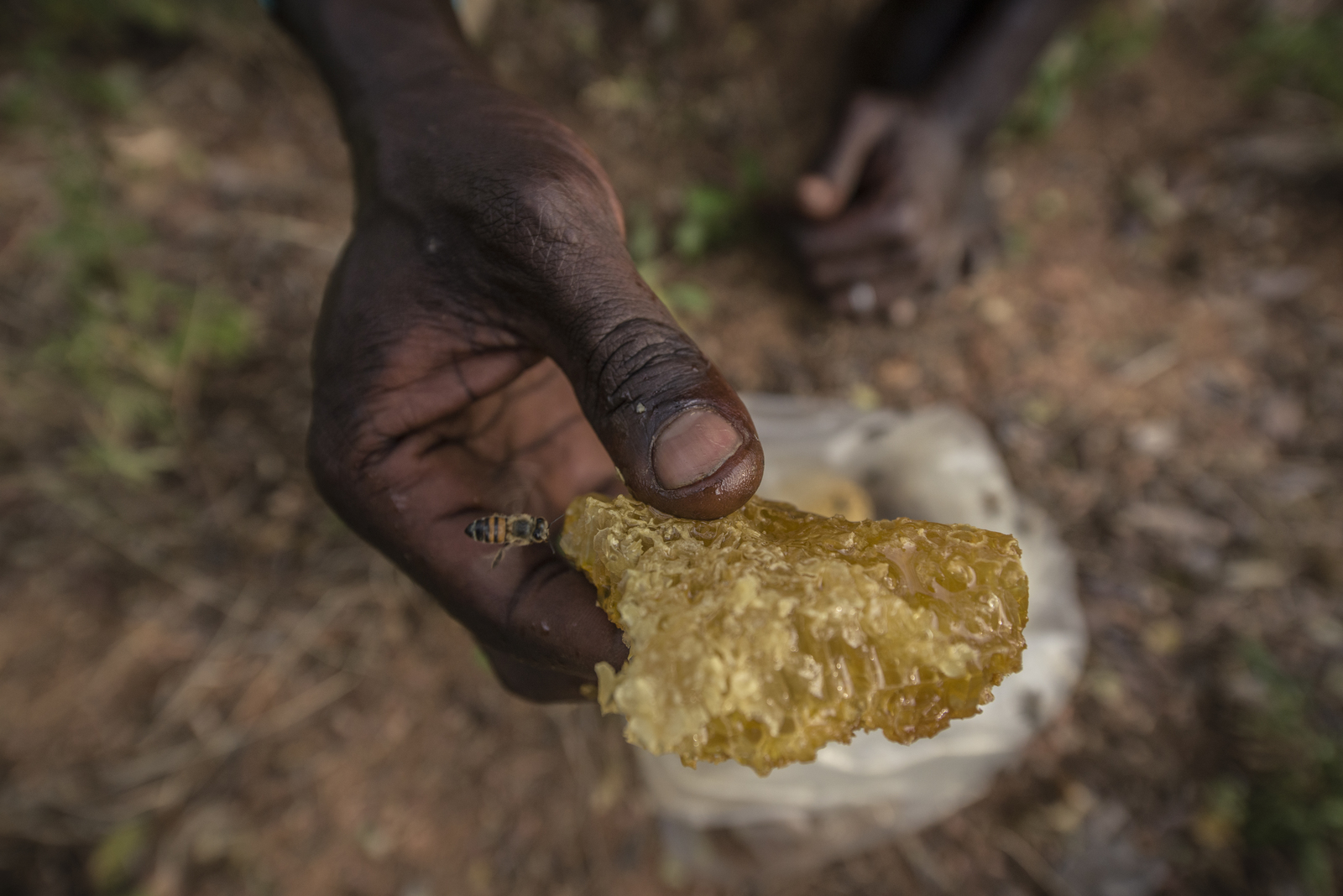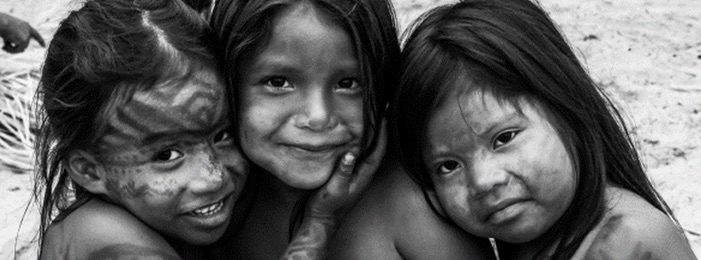The Bambuti, Batwa and Yawanawa: how indigenous forest peoples are fighting to save their world – and ours

From the Bambuti community in Congo, Burundi’s Batwa people to the Yawanawa people in the Amazon, indigenous communities around the world have always worked on the principle of sustainability – always conscious of keeping resources available for posterity.
From the Bambuti community in Congo, Burundi’s Batwa people to the Yawanawa people in the Amazon, indigenous communities around the world have always worked on the principle of sustainability – always conscious of keeping resources available for posterity.

By Chika Oduah
In the depths of the Ituri tropical rainforest in central Africa, primates jump through the forest canopy, lifted 170 feet into the air by hardwood trees that are hundreds of years old. Rodents and bongo antelopes feed on fallen nuts and fruits seeds. Nectar-filled flowers spread their petals. Cicadas buzz in a rhythmic fever and army ants crawl along the forest floor. It’s a rich landscape: 24, 300 square miles of dense greenery that lies between the highlands of the Western Rift Valley and the savanna, the Ituri River winding westwards towards the Congo River.
The Bambuti people have called this forest home for generations, their lives intertwining with the natural world. Their local knowledge has helped both them and the forest survive, and scientists and conservationists agreed on the need to tap into this local knowledge if we’re to stand a chance of conserving the world’s ‘lungs’ – the rainforests that absorb huge amounts of the carbon released into the atmosphere.
Environmentalist Peter Umunay, lived with the Bambuti people for 11 months carrying out a forest inventory: identifying and counting trees in the Ituri Rainforest to get a sense of how much carbon dioxide was being sequestered. Members of the Bambuti community were employed to support the project, sharing what Umunay refers to as their “very deep knowledge of the trees” and their naturally sustainable way of life.
Everyday activities are done with preserving resources for the next generation in mind. They climb trees for honey, for example, instead of cutting them down, Umunay explained when we met in Accra at the Tropical Forest Alliance 2020 General Assembly.
“That’s the conservation behaviour because they know if they cut it, they won’t have honey anymore,” Umunay says. “They don’t rely on slash-and burn- agriculture, [rather] on gathering fruit, non-timber products and most of these are seasonal.”

Another way that the Bambuti (which is a collective name to identify four indigenous communities of the Ituri rainforest) conserve the forests is to demarcate areas as ‘sacred’. Rituals are conducted in these no-go areas at specific periods and afterwards the spaces are cordoned off. It’s a long-held practice that has been of tremendous benefit for forest conservation.
But the lives of the Bambuti and their forest are under threat. To date, the government of the Democratic Republic of Congo has not granted the Bambuti legal land titles; deforestation, gold miners, slash-and-burn agriculturalists, and plantation developed by multinational companies are all harming the forests and destroying the delicate balance of life the Bambuti have sustained for generations. Seeking other sources of income, these forest dwellers now sometimes work as hired assistants to help illegal poachers track elephants.
Not far away from the DRC, in Burundi, an activist is taking a stand to protect the ancestral lands of the indigenous Batwa people. Vital Bambanze is a member of the Batwa ethnic group in Burundi. Once serving as the chair of the United Nations Expert Mechanisms on Indigenous Peoples and the founder of a non-profit organisation called Let Us Be United For the Promotion of the Batwa, Bambanze believes, as Umunay does, that conservationists must work hand-in-hand with indigenous peoples. The Batwa people settled in central Africa’s forests centuries ago and have specific knowledge on how to reforest devastated lands.
“We, the Batwa, know the indigenous trees in the forest and we can identify some trees which can be replanted to restore the forest. So our traditional knowledge also helps to identify some areas where people can plant those trees, because you can’t plant them in just any area. We know where to plant and the period to plant and we can identify the direction of the wind … all this depends on traditional knowledge,” he says.
Like the Bambuti, the Batwa work on the principle of sustainability (though they may not call it that) always conscious of keeping resources available for posterity. They know when and where to fish, and also have insight on when to stop fishing to protect aquatic life.
The Yawanawa people, in the Amazon, use similar methods to protect their world, doing their best to take it back from the brink of disappearance due to exploitation and industrialisation.
Laura Yawanawa, a campaigner for the rights of the indigenous peoples of the Americas, speaks about how the Yawanawa have utilised traditional practices to conserve the forest: “We do everything in equilibrium,” she explains. “That’s why we don’t cut all the trees, we just cut what’s enough to have the housing, to do the fire, to also eat. We know when to fish more and when not to fish.”
“I think what makes us protect the land and the animals and the water is [our] spiritual connection. Because you see it as something you need for everything, for learning, for getting your medicine, your food, the animals too.”
Laura’s activism helped the Yawanawa to secure 100,000 hectares of rainforest land, now recognised by the Brazilian government. Indeed, the work of Bambanze and Umunay whether through activism or research is playing a part to elevate the status of forest people but the stakes remain high as indigenous peoples around the world continue to see their lands being devastated. An area equal to 50 football fields of forest has been destroyed every day since 2000, according to 2013 satellite imagery.
